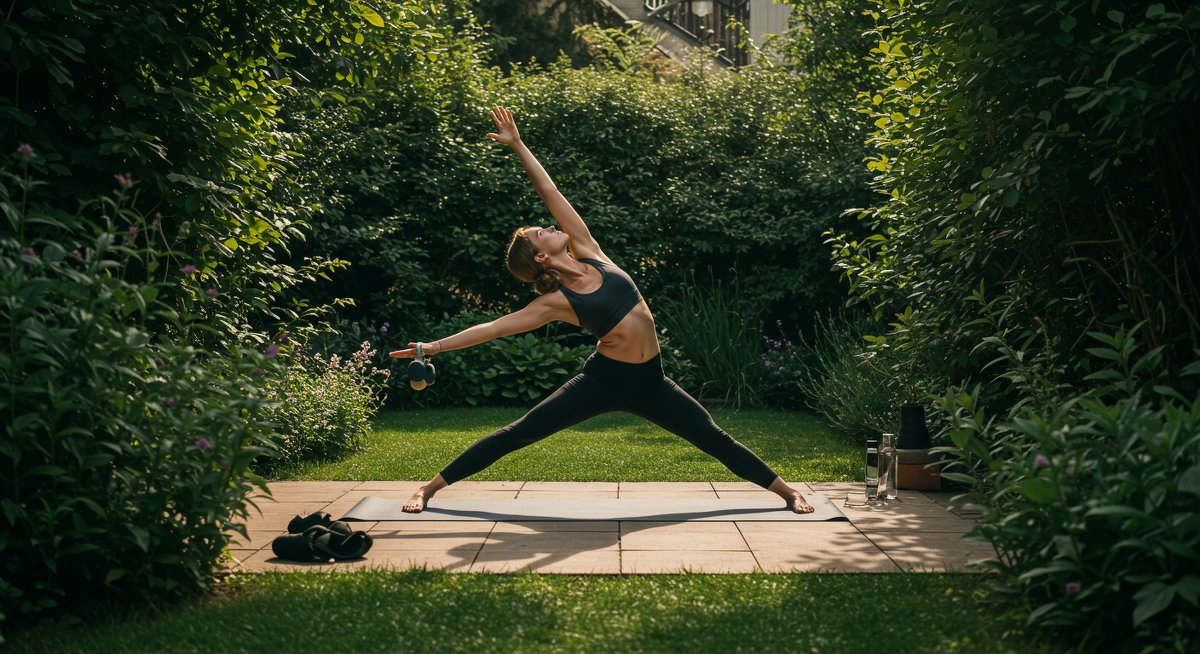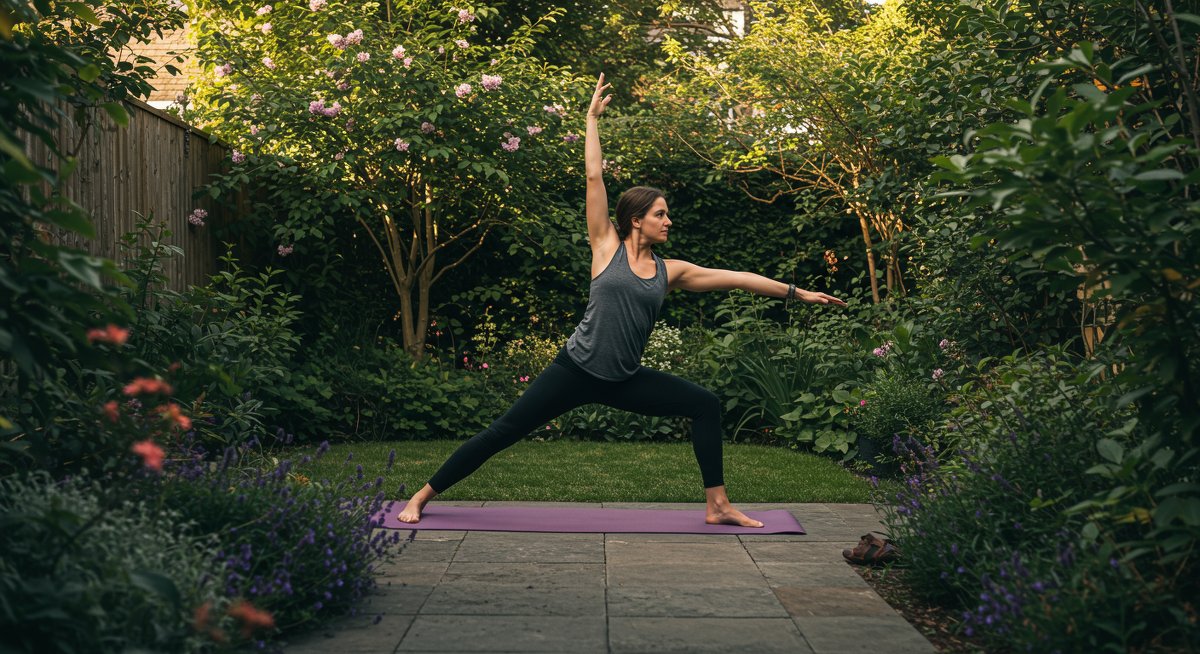The Reddit Post That Sparked It All
So, I was scrolling through r/homegym the other day (as you do when you're procrastinating actual exercise) and saw a post that immediately caught my eye. Someone had just finished building a dedicated gym space in their garden. It wasn't fancy – just a separate structure waiting for a rack and some cables. But something about it was inspiring. It was a blank canvas, a commitment to fitness carved out of everyday life. That simple post got me thinking about the journey of creating a home gym, the realities behind the Instagram-worthy setups, and the surprisingly personal reasons why people choose to build their own fitness sanctuaries.

From Dream to (Almost) Reality: My Own Garden Gym
Okay, full disclosure, I haven't quite finished building my own garden gym yet. But I'm deep enough into the process to have learned a few things, made a few mistakes, and developed a healthy respect for the whole endeavor. The initial appeal, like that Reddit poster, was the idea of a dedicated space. No more lugging weights out of the garage, no more tripping over resistance bands in the living room. A space solely devoted to getting stronger, healthier, and maybe even a little bit more sane.
But the dream quickly met reality. First, there's the space itself. Gardens, it turns out, aren't always perfectly level or ideally shaped. Mine, for instance, has a slight slope and a rather inconveniently placed tree root. Then there's the budget. Those shiny racks and cable machines? They cost more than you think. And don't even get me started on flooring. Suddenly, that simple Reddit post seemed a lot more complex.
What a Home Gym Really Does For You
Beyond the logistical challenges, there's a deeper question: why build a home gym in the first place? I mean, gym memberships are readily available (well, most of the time), and online workout programs are a dime a dozen. So, why invest the time, money, and effort into creating your own space? For me, it boils down to control and consistency. I'm not at the mercy of gym hours, crowded equipment, or questionable music choices. I can work out whenever I want, however I want, in an environment that I've specifically designed to motivate me. That’s incredibly powerful.
And that's the thing that resonated with me from the Reddit post. It wasn't just about having a gym; it was about creating a space that reflected that person's commitment to their health. A tangible representation of their goals. It’s not just about the equipment; it's about the mindset. You're not just building a gym; you're building a habit.
The Annoying Truth About Home Gyms
Let's be real, building a home gym isn't all sunshine and roses. There are definitely downsides that nobody really talks about. First, there's the isolation. Gyms can be surprisingly social places. You see familiar faces, you maybe even make a few friends. Working out alone in your garden can get, well, lonely. Especially in the winter when it’s dark and cold. I found myself missing the casual banter and shared suffering of a group fitness class.
Then there's the motivation factor. It's easy to skip a workout when the gym is just a few steps away. There's no commute to guilt you into going, no class schedule to adhere to. You're entirely responsible for your own adherence, and that can be a challenge. It’s easy to let other priorities take over when there is not external structure or accountability. The home gym becomes a dusty monument to good intentions.
Fitting the Home Gym Into Real Life
So, how do you overcome these challenges and make a home gym work for your actual life? The key, I think, is to integrate it into your routine, not just stick it in your backyard and hope for the best. Depending on your personality, you may need to actively create accountability to make sure you use the space. If you are highly self-motivated and already work out regularly, the appeal of the home gym is the added convenience. But if you struggle to maintain workout consistency, you may need to pair it with other strategies.
If you’re short on time, schedule your workouts like you would any other important appointment. Block out the time in your calendar, set reminders, and treat it as non-negotiable. And if you're struggling with motivation, find a workout buddy or join an online fitness community. Share your goals, track your progress, and celebrate your successes together. Social support can make a huge difference.

Practical Steps to Get Started
Okay, so you're inspired to build your own home gym. Where do you start? First, assess your space. Measure the area you have available and consider the ceiling height. Then, think about your fitness goals. What kind of workouts do you enjoy? What equipment will help you achieve your objectives?
Next, create a budget. Be realistic about what you can afford and prioritize essential equipment over fancy gadgets. You can always add more later. And finally, don't be afraid to start small. A few basic weights, a resistance band, and a yoga mat can be enough to get you started. The most important thing is to create a space that you enjoy and that motivates you to move.
My Final Thoughts
Here's the thing, building a home gym is a journey, not a destination. It's about creating a space that supports your health and well-being, both physically and mentally. It's about investing in yourself and making fitness a priority in your life. Maybe I'm wrong, but that Reddit post inspired me to stop thinking about it and start doing. And that, I think, is the whole point.